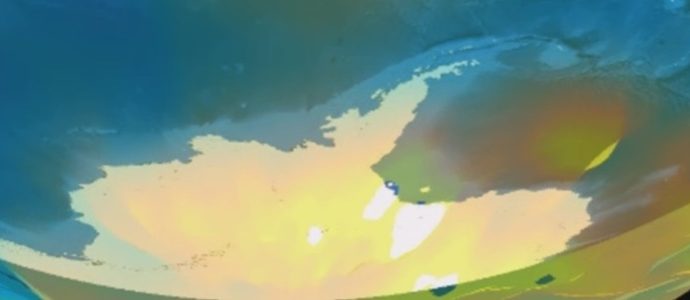This Season’s Southern Ozone Hole is the Smallest its Ever Been
In a bit of good environmental news, NASA reports that the ozone hole over the South Pole has shrunk to its smallest extent since the anomaly was first discovered in 1982. Although international efforts in reducing the production of ozone-depleting compounds have been instrumental in allowing the ozone layer toread more
